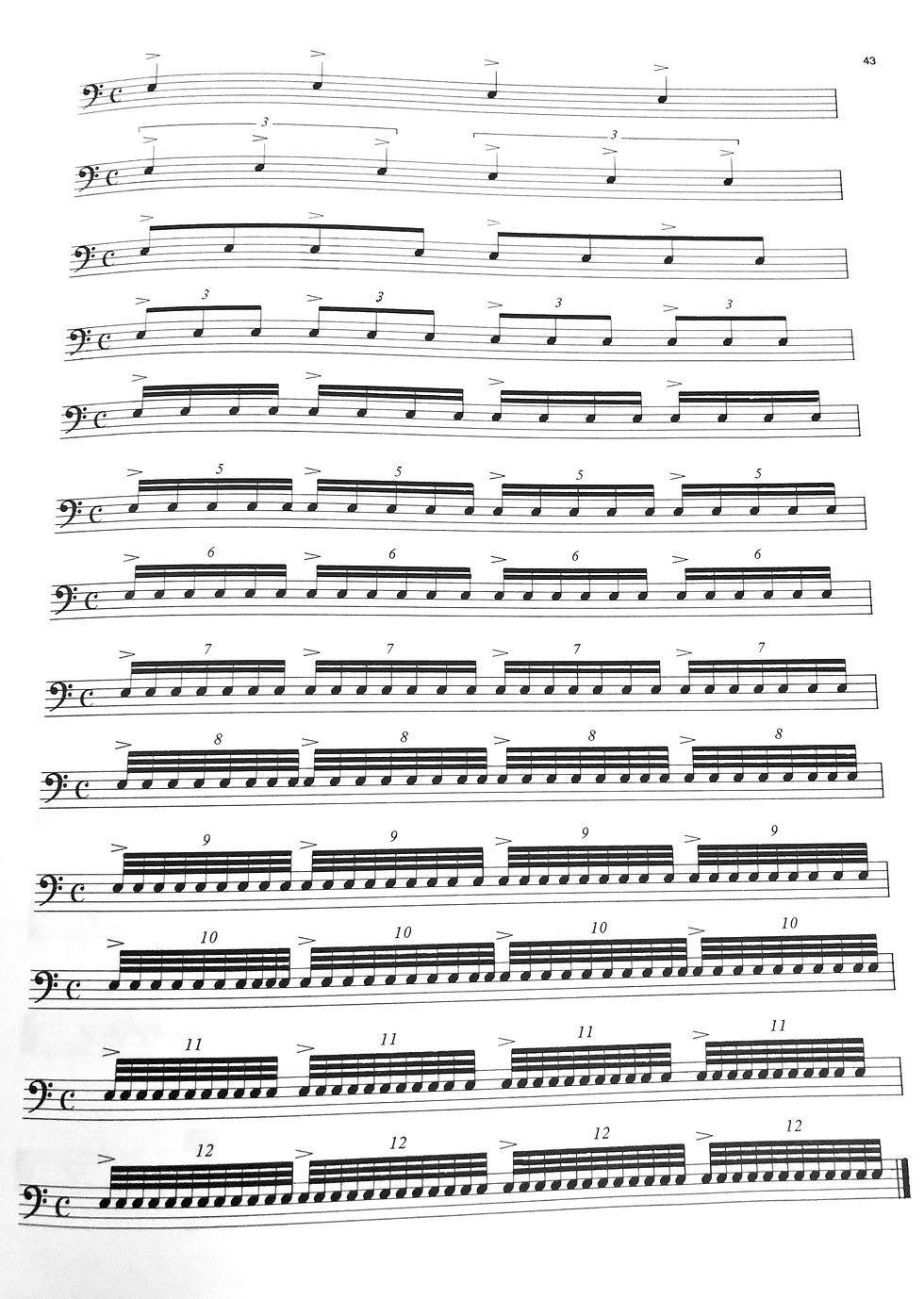Mastering The Metronome: Practice Tips to Improve Your Timing
- Nathan Coles
- Aug 25
- 3 min read
How to transform a simple click into a powerful tool for musical decision-making
If you’re a percussion student, you’ve probably heard the advice a thousand times: “Practice with a metronome.” But what if the metronome isn’t just a training wheel—it’s a way to sharpen your musical decision-making and sense of time far beyond the basics? In this lesson, Florida State University’s John Parks shares fresh metronome practice tips that shift the way you think about rhythm, groove, and ensemble playing.
Table of Contents
Don’t miss a post—sign up for the Black Swamp Newsletter.
Meet Your Instructor

John Parks is Professor of Percussion at Florida State University and a longtime Black Swamp educator. Known for his blend of technical clarity and creative problem-solving, John has helped generations of percussionists refine not only how they play but why they make certain musical decisions. His approach to the metronome is a perfect example: instead of treating the click as an external judge, he teaches you to use it as a partner in developing time awareness and flexibility.
Why the Metronome Is More Than a Timekeeper
Most students think of the metronome as a rigid device—something that keeps you “in line.” Professionals, however, flip this mindset. A metronome isn’t just about playing on the beat; it’s about building contextual awareness.
Here’s the key idea:
Beginners use the metronome to check accuracy.
Professionals use it to challenge perception, flexibility, and groove.
The way you place the beat—slightly ahead, slightly behind, or dead center—can completely change the character of a passage. And practicing this skill with intention is what elevates a player from technically correct to musically compelling.
Triple and Duple Subdivision Exercises
John Parks demonstrates a series of metronome placement exercises. Instead of always hearing the click on the downbeat, you shift it across subdivisions to test—and strengthen—your rhythmic independence.
Subdivision Type | Click Placement | Musical Benefit |
Triplets | On each triplet beat | Basic grounding in 3s |
Triplets | On 2nd or 3rd triplet partial | Forces inner subdivision awareness |
Duple (16ths/8ths) | On full subdivision | Foundation for fast or detailed passages |
Duple | On backbeats or offbeats | Builds groove, syncopation, and feel |
Sparse Clicks | One click every bar or two bars | Demands steady internal pulse |
By gradually removing subdivisions, you test whether your inner pulse can stay strong without constant external reinforcement.
Practice Tips: Shifting the Click
Here’s where John’s insights really shine. Instead of always hearing the click as “home base,” try hearing it as something else:
On the Backbeat: Place the click where the snare would be in a funk groove. Suddenly, your whole body feels the time differently.
On the “And” of the Beat: A simple shift, but it instantly reveals whether your subdivisions are steady.
Sparse Landmarks: Set the metronome to half or even a quarter tempo so the click only appears every few bars. Can you keep the groove alive in between?
These exercises don’t just test accuracy—they develop your ability to adjust within an ensemble. In real-world settings, orchestras and bands often rush or drag. A strong inner pulse lets you sense it and adapt without losing confidence.
Black Swamp Educator, Jeff Hewitt, echos this practice tip and encourages players to gradually remove the click.
Moving from Quarter notes to half notes to whole notes.
Dan Piccolo uses this technique as well
The Student Action Plan
Here’s a structured way to apply John’s metronome practice tips:
Choose Familiar Material: Start with a piece you already know—this allows you to focus on rhythm, not notes.
Layer Subdivisions: Begin with full subdivisions (every 16th or triplet) and gradually remove them.
Shift the Click: Experiment with hearing the metronome on offbeats or backbeats.
Stretch the Space: Work at half speed or slower so the click only comes once a bar—or even less.
Journal the Results: Write down what felt easy, what broke down, and how your sense of groove changed.
Rich Burrows uses Joe Morello's Table of Time to build an internal sense of time. With a goal tempo of 120 BPM, Rich shows that halving the metronome to 60 BPM and then to 30 BPM creates a fun challenge to keep your subdivision clean and honest.

Metronome practice is not about becoming a machine. It’s about training your inner sense of time so you can make musical choices with freedom. Whether you’re holding a delicate roll or locking into a funky backbeat, these practice tips from John Parks help you hear—and feel—time in a deeper way.
So the next time you set the click, don’t just follow it. Play with it. Challenge it. Redefine it. That’s how you grow as a musician.





Comments